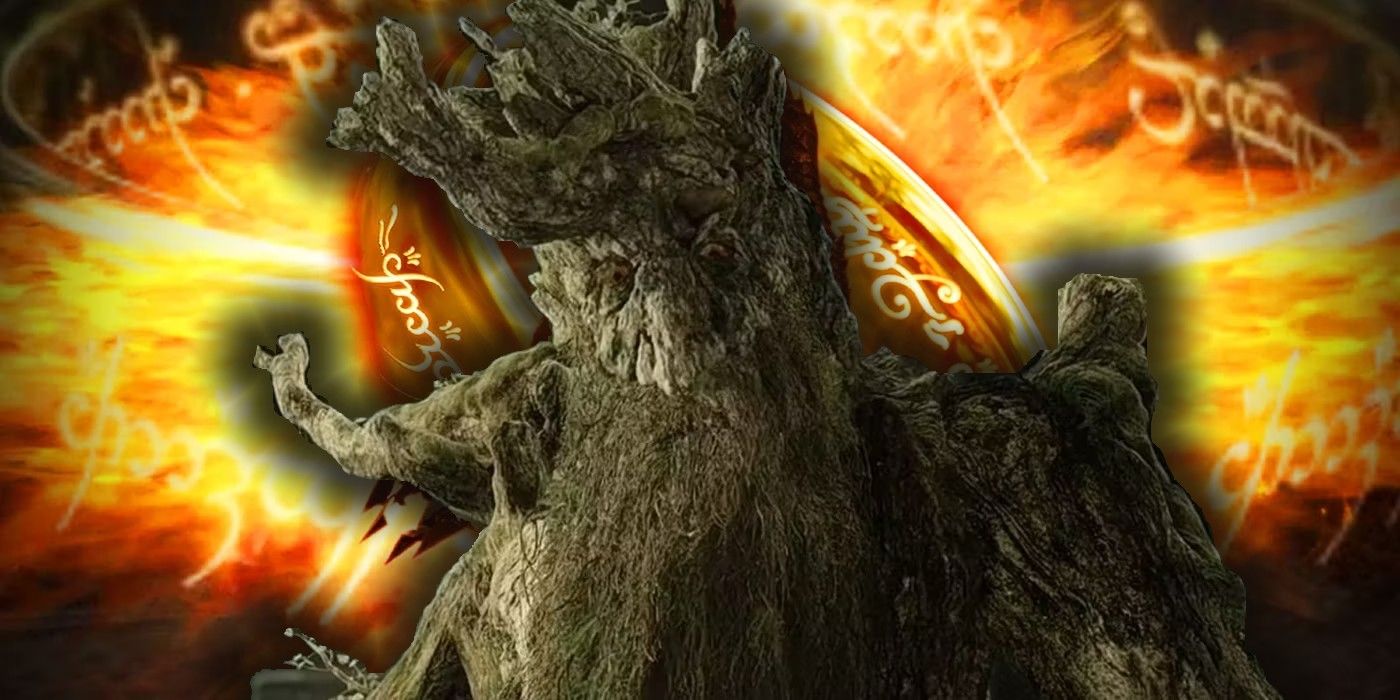
The Ents’ leader, Treebeard, was an old friend of Gandalf. When Merry and Pippin ran into Fangorn to escape from the Uruk-hai who had captured them, they encountered Treebeard. Though intimidating at first, he proved to be a wise and compassionate figure, and he protected them as Gandalf had requested. Treebeard later led the Ents in a march against Saruman, thwarting the traitorous Wizard’s plans. Treebeard thus went down in history as a hero to the Free Peoples of Middle-earth. Treebeard existed in some of Tolkien’s earliest drafts of The Lord of the Rings, but he changed much over time. He was once a far more sinister character who did not have Middle-earth’s best interests at heart.
Treebeard Tried to Capture Gandalf and Frodo
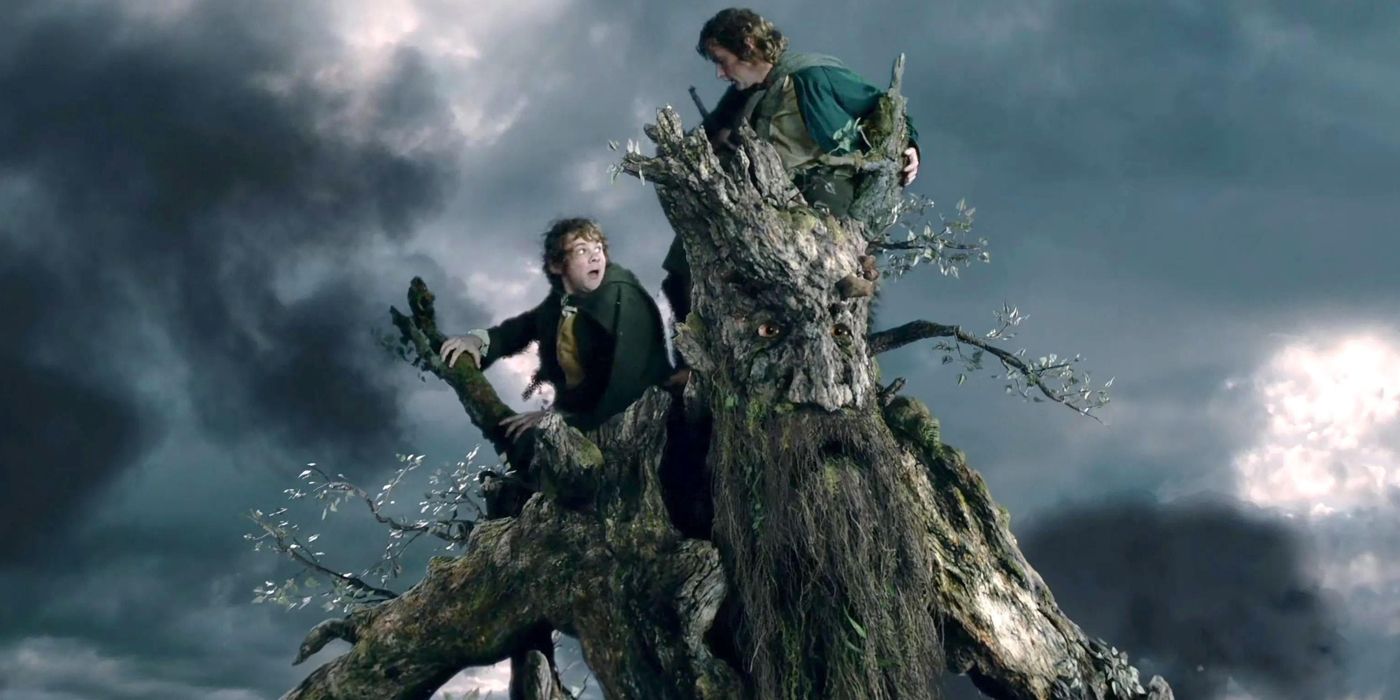
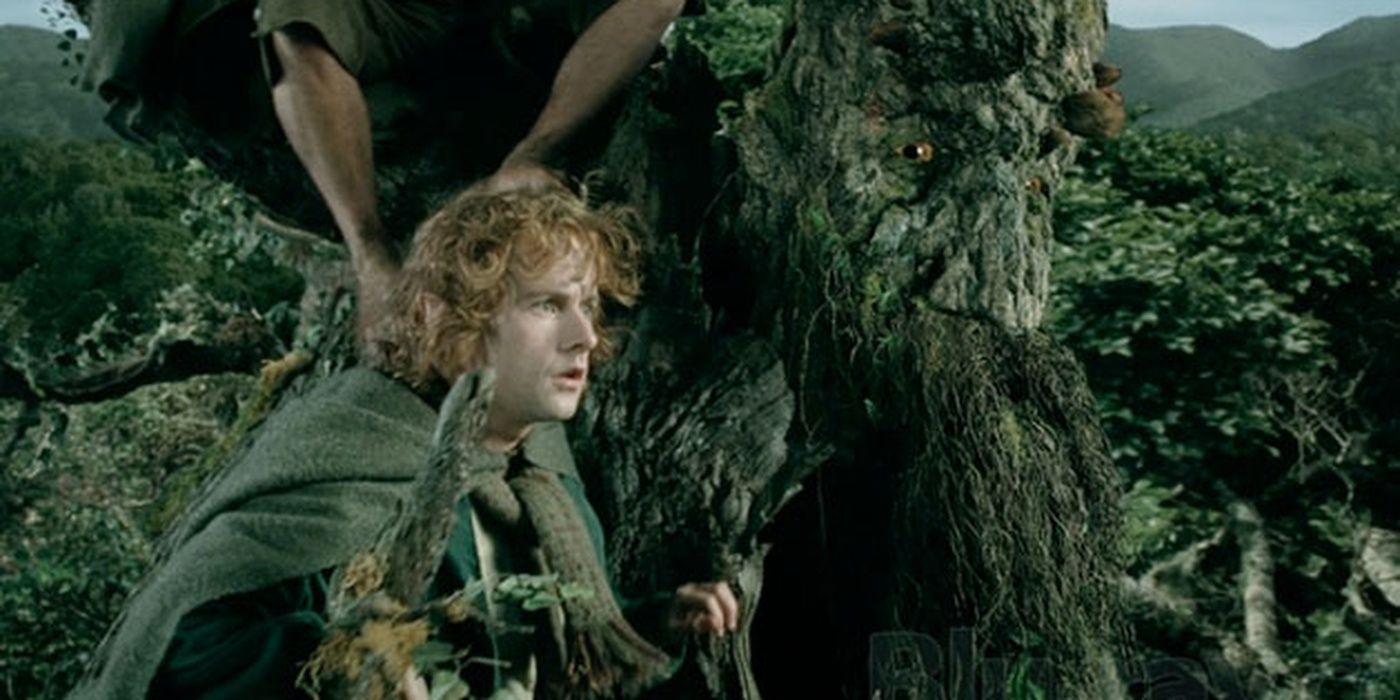
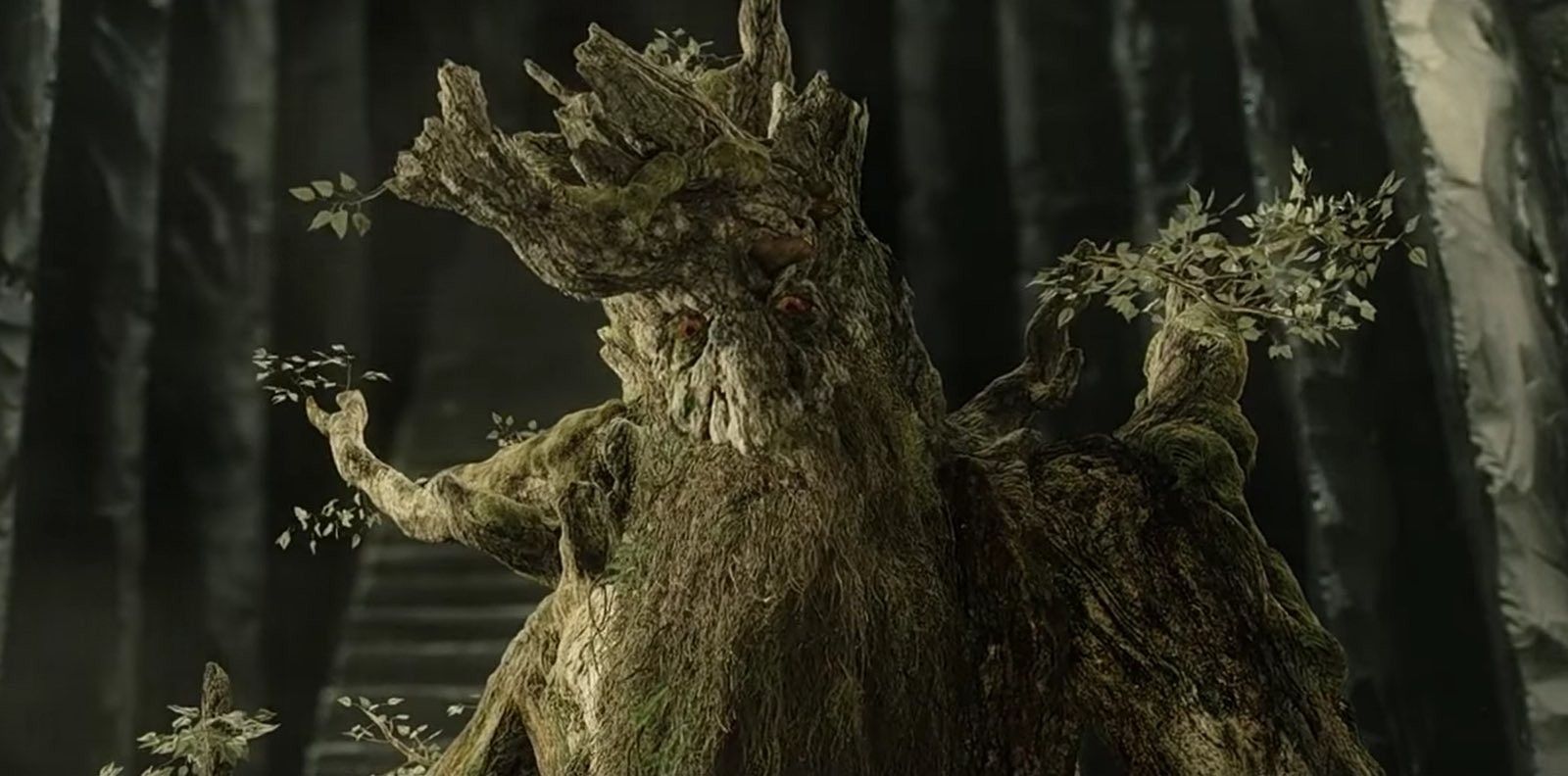



In one of Tolkien’s later notes, Treebeard was still villainous, but his role in the story was different. At some point in The Lord of the Rings, Frodo would have encountered Treebeard in a forest called Neldoreth. Treebeard would have pretended to be friendly to Frodo, but in truth, he wanted to capture him and deliver him to Sauron. Tolkien wrote very little about this, so it is unknown if Frodo would have fallen for Treebeard’s trick. This version of Treebeard was still not referred to as an Ent, but he was more treelike. Frodo mistook his leg for a massive tree trunk. One way in which he differed from the later Ents was his size; this evil Treebeard was so enormous that Frodo seemed like a bug to him. In the published version of The Lord of the Rings, he was only about 14 feet tall, putting him roughly on par with a troll.
Neldoreth was also the name of a forest from The Silmarillion, but it was seemingly unrelated to the location in which Frodo would have encountered Treebeard.
Ents Represented Tolkien’s Love of Nature
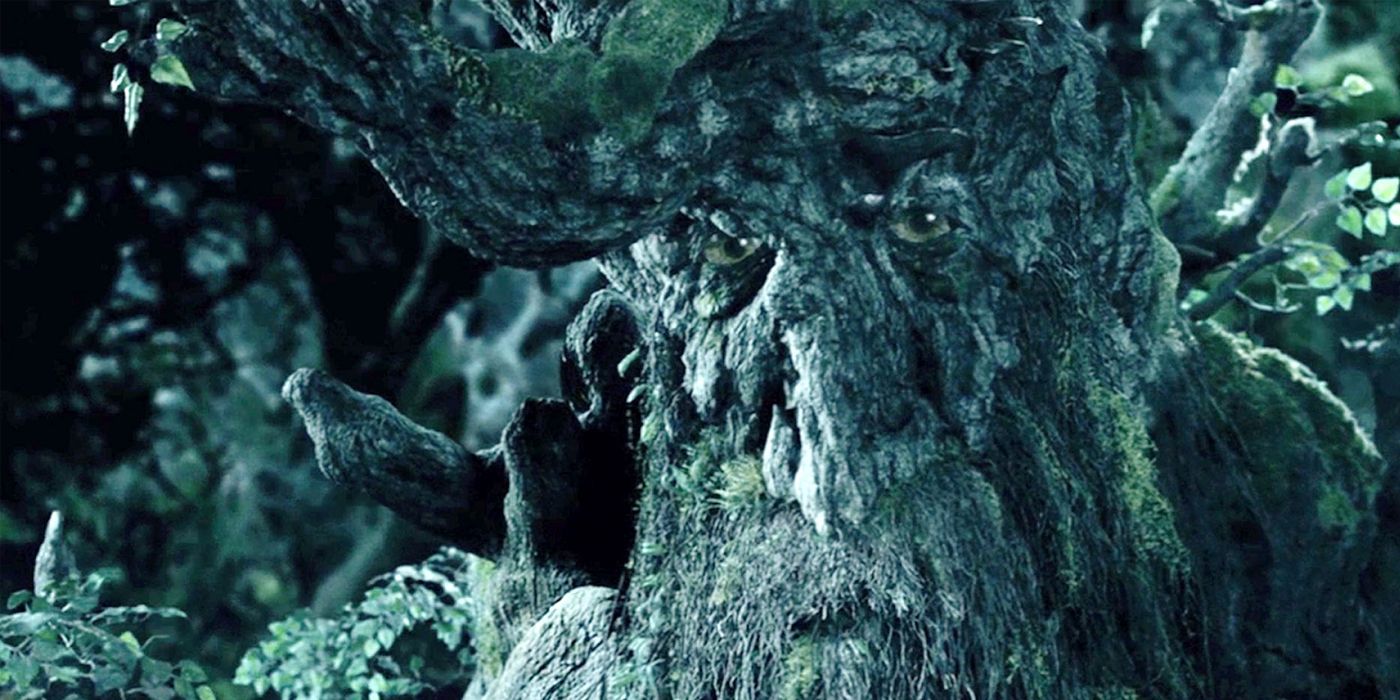
Tolkien loved trees, so he probably did not want to portray a character associated with trees in such a negative light. There were a few antagonistic trees in the story, like Old Man Willow, but they were not truly evil, nor were they aligned with Sauron; they were righteously furious about their mistreatment. Nature in Tolkien’s setting was ultimately meant to be good, and Treebeard was the story’s chief representative of nature. He and his fellow Ents fought back against the evils of Saruman’s industrialization and reclaimed some of the land that had been ruined during the War of the Ring. Treebeard’s evolution offers a fascinating insight into Tolkien’s writing process. Tolkien devised Treebeard solely to fulfill the narrative purpose of delaying Gandalf, but even when Saruman took over that role, the author continued searching for a way to work him into The Lord of the Rings.





